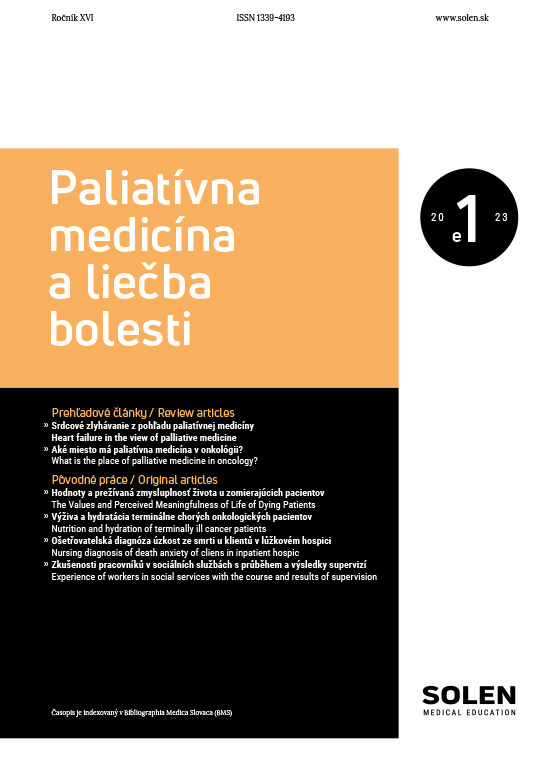Pediatria pre prax 2/2020
Skeletal dysplasia – from symptom to diagnosis
Skeletal dysplasia or osteochondrodysplasia are changes encountered in more than 460 well-defined diseases mainly affecting bones and cartilage. Recent research findings have shown a frequent overlap of radiological, clinical and molecular changes, thus, there has been a need to redefine certain disease entities. This is mainly based on molecular findings. Recent advances in genetic technology have made it possible to identify the molecular basis in more than 437 of these disorders and have provided the opportunity to progressively implement research results into clinical practice. Understanding the function of the genes that cause bone, muscle and tendon disorders allows to define the range of diseases associated with a particular disorder, to make a precise diagnosis, and in many cases to provide an adequate treatment and prognosis for disease recurrence in the family. This article presents a current and practical diagnostic approach to the detection of skeletal dysplasia in daily medical practice.
Keywords: skeletal dysplasia, proportionality, genetic diagnosis, X-ray examination

















